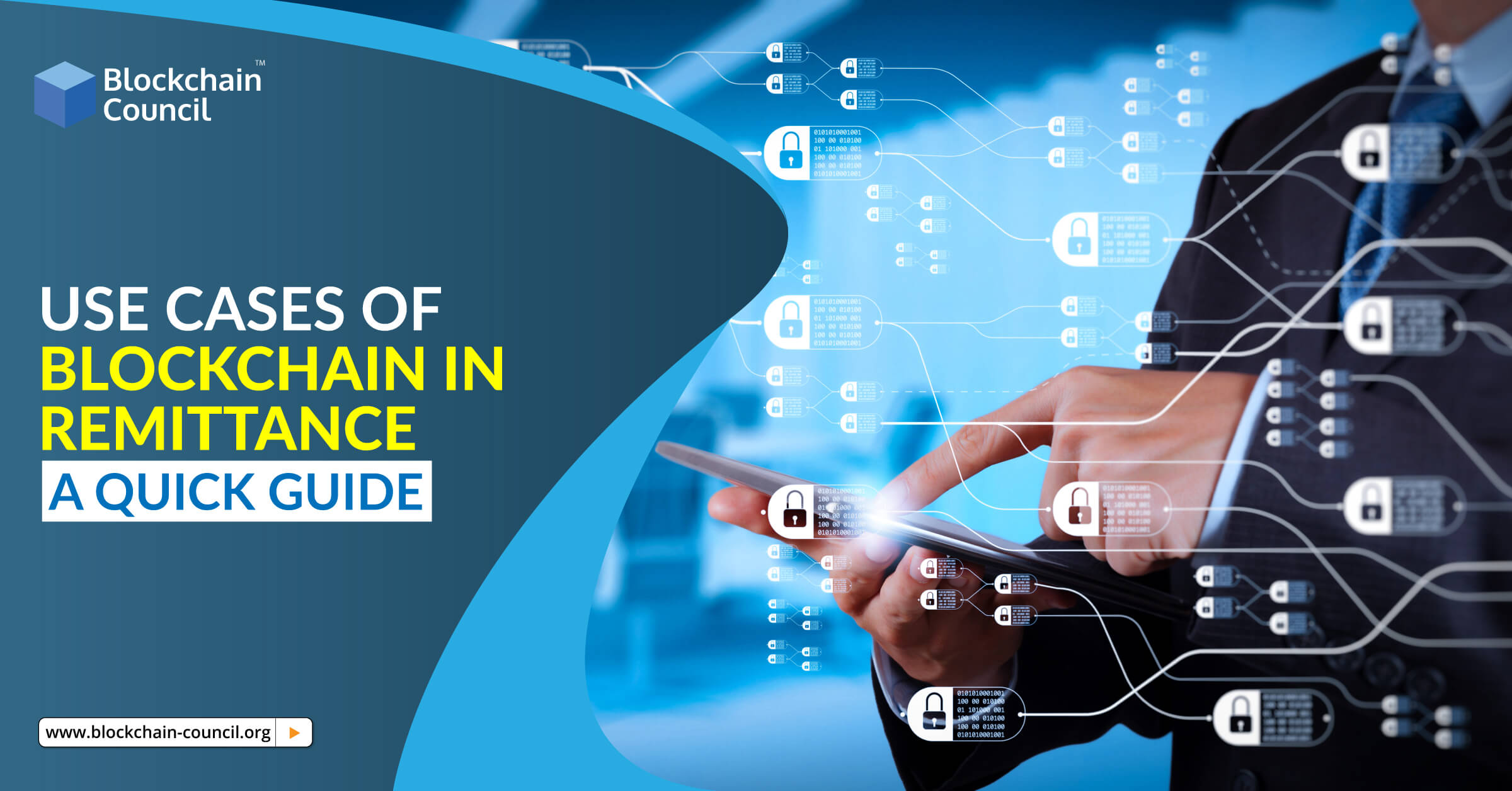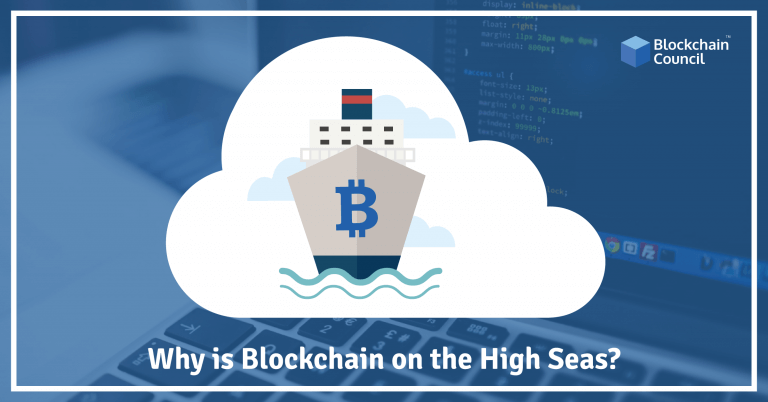
- Toshendra Kumar Sharma
- July 10, 2020
If you are wondering how blockchain can revamp the traditional remittance industry, you have landed at the right page. This article enlists the issues with the current industry and explains how blockchain can prove to be a viable solution along with mentioning its use cases.
Learning of the Blog
- Remittances- A Substantial Component of the Economy
- Problems with Current Remittance Industry
- Blockchain- A Near Solution
- Top Use Cases of Blockchain in Remittance
- Concluding Lines
Remittances- A Substantial Component of the Economy
Cross-border payments have always been the earliest and most promising applications of blockchain technologies. At present, remittances represent the most significant flow of funds into the developing world, surpassing foreign direct investments, and official development assistance.
Before discussing further, let’s first define what exactly remittance is?
In simpler terms, it can be defined as the transfer of funds to a distant location, usually between paries that lives in different geographical locations. It has its potential impact on individuals, businesses, and the broader economy of the countries to which payments are made, thus making remittances a substantial component of their economy. But currently, there are various key obstacles to the payment of remittances via formal banking channels.
If you want to gain an in-depth understanding of blockchain in financial services, check out blockchain certification courses and become a Certified Blockchain & Finance Professional.
Problems with Current Remittance Industry
To understand the use cases of blockchain in the remittance industry, it is crucial to learn about the problems with the current remittance system.
- The majority of the remittance industries rely on third-party intermediaries and financial institutions, which makes the current system quite inefficient.
- Secondly, the payment of remittances through traditional banking channels is that the recipient should have a banking account to receive the payment. But what if people receiving money do not have a bank account?
- Moreover, such traditional services are expensive and slow as the transferring funds may take days or even weeks.
Blockchain- A Near Solution
Unlike traditional remittance methods, blockchain technology entirely changes the way international payments are made. This is because blockchain offers an efficient, transparent, yet secure way to facilitate international payments. It can perform worldwide financial transactions based on a distributed network of computers. It can simplify the entire transaction process by removing unnecessary intermediaries and offers nearly instant payment solutions globally.
Want to be a certified blockchain professional? Check out the best blockchain certification courses and take your career to the new heights.
Top Use Cases of Blockchain in Remittance
Blockchain can disrupt the current remittance system, which is unfair and inefficient. Due to its high potential, it is widely spread by various tech giants and legacy systems. It is also beneficial for governments who want to keep track of the movements of money across borders. Blockchain enables both sender and recipient to track the money flow and know exactly whether the funds have reached their destination or not.
Let’s explore the top use cases of blockchain in the remittance industry.
Mobile crypto wallets
Mobile wallets powered by blockchain technology are installed on mobile phones that offer a variety of functionalities such as the ability to transfer money internationally and enables quick exchange between crypto and fiat currencies. Since the payments are made from one mobile wallet to the other, the recipient does not need a bank account.
Combination of Blockchain with ATMs
Combine blockchain technology with ATMs can provide an interesting solution for sending and receiving money globally. It can lead to the exclusion of middlemen or central agencies and can reduce the turnaround time for settlements.
Know You Client Regulatory Requirements
Blockchain can also simplify Know You Client regulatory requirements by storing the client’s details on the blockchain platform where the information can be stored, retrieved, and accessed whenever needed and eliminating duplication.
Concluding Lines
Remittance is one area that is a lifeline for millions of people across the globe, especially in rural areas, and blockchain can disrupt the traditional remittance industry for good. Although it offers many advantages to the industry, it has a long way to go in terms of regulations and complexity for mass adoption. The technology’s decentralized and transparent nature can help alleviate the need for middlemen and thus make cross-border payments cheaper, efficient, and far less unnecessarily regulated. Due to its potential, more companies are adopting blockchain to provide better alternatives compared to traditional remittance system.
If you are curious to learn how blockchain can be leveraged to speed up and streamline the procedure of cross border payments, check out the Certified Blockchain & Finance Professional training course now!
To get instant updates about Blockchain Technology and to learn more about online blockchain certifications, check out Blockchain Council





































































 Guides
Guides News
News Blockchain
Blockchain Cryptocurrency
& Digital Assets
Cryptocurrency
& Digital Assets Web3
Web3 Metaverse & NFTs
Metaverse & NFTs
